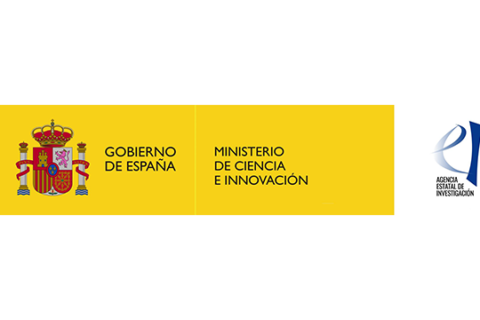Enfoque
On May 28th 2023, regional elections were held in Spain to elect the regional parliaments for twelve of the seventeen autonomous communities. These elections took place following a period of instability dominated by the outbreak of the COVID-19 pandemic in March 2020 and its political and economic consequences. According to the classification of Hallin and Mancini (2004), Spain belongs to the polarized pluralism model, which is characterized by the integration between media and political actors, a feeble commercial media combined with the presence of a strong government.
In the context of Spain, the photo-sharing application, Instagram, is considered the second-largest used application, with a user base of around 21.07 million as of 2022, expected to grow another 4.08 million by 2027 (Statista, 2023). According to the CIS (Sociological Research Center) report on the 2019 general elections, 13.6% of the Spanish citizens choose social media as their primary source of information during electoral campaigns, while the rest consider it their second source following Television.
Instagram enables the personification and humanization of politics through visual communication, which is a primary feature of the politainment era (Gordillo-Rodriguez & Bellido-Pérez, 2021; Nieland, 2008). The term politainment or the softening of political communication (Otto et al., 2016), refers to the inclusion of political actors, topics, and processes within the culture of entertainment (Nieland, 2008). This typically involves publishing content that takes into account the styles, narratives, and scenery of the world of show business and entertainment, and high levels of emotion in communicative repertoires (Berrocal et al., 2021).
The present study addresses a research gap through the systematic analysis of the visual posts present on the official Instagram accounts of five main political candidates and five main political parties in Spain during the 2023 regional elections. To address the latter, we adapted the four-tiered visual framing model proposed by Rodriguez and Dimitrova (2011) and we drew on the affordance’s framework for the analysis of social media technological features proposed by Hautea and colleagues (2021). In addition, we went further to explore the impact of the visual frames and affordances on various engagement metrics following the recommendations of Shi et al. (2020).
Our comparative study is imperative for a number of reasons. First, it takes the lead in applying the visual framing model to compare between political candidates and political leaders on the image-based platform, Instagram. Second, it extends the literature on social media affordances to Instagram, a platform that has been scarcely explored in regards to the analysis of political elections. Third, it advances the literature on the visual frames and affordances that can contribute to higher levels of engagement in the context of electoral campaigns. Last but not least, it provides campaign practitioners with theoretical and practical implications on how to strategically and effectively plan their visual social media campaigns in Spain and beyond.













Deja tu comentario
Lo siento, debes estar conectado para publicar un comentario.